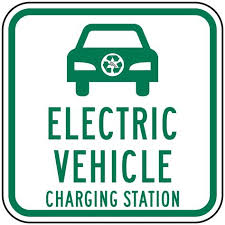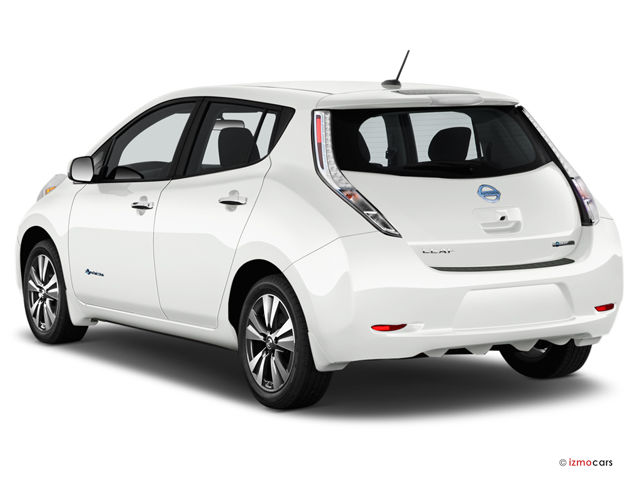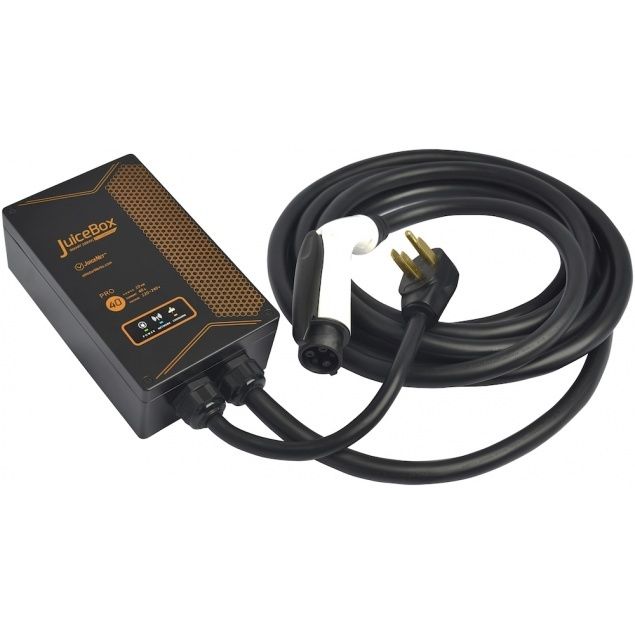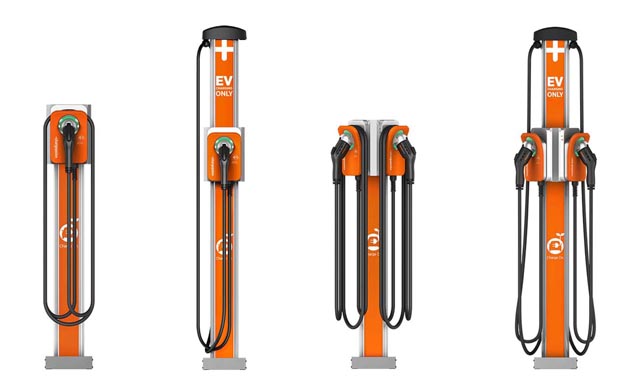In our series Living Electric, our roving correspondent and firefly Gordon J. T. Graham shares his tales of life on the road as a college student with his affordable EV, a 2017 previously-owned Nissan LEAF. Can’t afford a Tesla? Don’t want a hybrid, like a Prius? Here’s the truth about driving a budget all-electric vehicle. In this edition, Graham recounts a nail-biting trip south filled with rangxiety.
life on the road with my affordable ev
“Out of service”, “out of order”, even “broken” signs are things I’ve grown accustomed to. Broken EV chargers litter the landscape as I desperately search for power. I’m hoping and praying as I clutch the steering wheel that the next charging station will actually work, if it even exists.

I’m having an intense attack of rangxiety (range anxiety).
rangxiety: a hazard of driving a budget EV
I invented the word rangxiety (range anxiety) to describe how I feel when I am on the road and cannot find a charging station.
The apps that I use to find these places sometimes lie, and as much as I appreciate their help when they work, I’ve been misled many times. Like being led to broken charging stations and shady neighborhoods to charge my car. There is no regulation of these apps, so we’re left to the luck of the draw on which ones are actually reliable.
I consider myself — and everyone else driving an affordable all-electric vehicle – as pioneers in the EV (electric vehicle) world. We’ve all heard of Tesla and their fantastic long range batteries and great charging infrastructure. Unfortunately, such luxuries are only available for the affluent customers of the company, while the rest of us are left to alternatives.
why i bought an affordable EV
When I first heard about EVs, and how inexpensive they are when compared to gas, I jumped on the opportunity.
I own a used 2017 Nissan LEAF, a peculiar-looking hatchback that runs entirely on electricity. I love my car, I love how quiet it is, I love how economic it is and I love the fact that it doesn’t contribute to global warming.

A 2017 Nissan LEAF
The problem with owning an affordable electric car can be summarized in one word: infrastructure.
a nail-biting trip south
A couple months after I bought my Leaf, I did something crazy. I drove it from New York to Virginia.
Before my trip I used an app to find all the charging stations en-route to Norfolk, where I was planning on spending the week. When I looked on the map I was amazed to see how many EV quick chargers there were. But to my horror when I arrived there, most of them were broken.
If not for my extreme patience and luck, I would still be stranded down there. I made it as far as Shenandoah National Forrest before I ended my trip and went back home.
we need better infrastructure in the US
This experience taught me some things. The success of the EV market is entirely dependent on the infrastructure. Here are three areas that need immediate attention:
1. additional charging stations to reduce rangxiety
I can travel about 75 miles at highway speed in my car, meaning I need a charging station within that range in order to complete the trip. In most parts of the country, including my home state of New York, this is impossible.
If I try to go anywhere outside of my home county, it’s at a crawl. So I usually avoid the highways when traveling long distance. This needs to change. While I appreciate the complementary charging stations at the various Nissan dealerships I’ve come across, we don’t have many options.
2. faster charges at more locations
When charging at home, it takes 24 hours to get a full charge, unless I pay a tremendous fee to have a higher voltage charge installed at my house (the home EV chargers with the best ratings cost anywhere from $440 – $650, plus installation).

eMotorworks Juice Box – $640
While charging stations are becoming more commonplace close to where I live, there are still not enough of them. It takes 40 minutes for my car to charge, and if the weather is bad (meaning cold), it takes even longer.
3. an end to price-gouging
Pricing is an issue as well. I’m not an electrician, but I know that using quick chargers are expensive. At $.35 a minute in most states, where the charging pace depends on the location and the weather, EV drivers have no choice but to pay that company if they happen to have a station there. There is no competition or regulation, so the station providers hold a monopoly wherever they place their chargers.

I spend significantly less than a gas-powered car owner, but I feel that we EV drivers are at the mercy of charging companies who have no incentive to make prices lower.
and yet, i love my affordable EV
Complaints aside, I enjoy my EV.
EVs are friendlier to the environment, cheaper to maintain due to less moving parts, quieter and usually faster than conventional cars. I believe living with a budget EV is possible – challenging but possible. Despite the many shortcomings of the infrastructure, my car is a pleasure to drive. I believe that as the technology evolves, prices will drop, but until then we’ll work with what we have.
A LEAF sighting (or any other non-Tesla) is a rare, but exciting experience, because it sends me a message. It says that I’m not the only one out here willing to try something new and different, dealing with perilously short range, crummy and expensive charging infrastructure and rangxiety for the sake of the environment.
The country is not ready for EVs as a mainstream form of transportation, but for those who continue to take the jump with me into this inconvenient new world, I want to say thank you, and that you’re not alone.
 Gordon J.T. Graham is a college student majoring in Political Science. He loves international affairs, military history, aviation, and hiking. His dream car is a 1959 Cadillac Series 62. Despite being a New York native, he’s an avid Boston Red Sox fan.
Gordon J.T. Graham is a college student majoring in Political Science. He loves international affairs, military history, aviation, and hiking. His dream car is a 1959 Cadillac Series 62. Despite being a New York native, he’s an avid Boston Red Sox fan.
see luxury in a new light
Come and join our community! For a weekly round-up of insider ideas and information on the world of luxury, sign up for our Dandelion Chandelier Sunday Read here. And see luxury in a new light.
power up
For a weekly dose of career insights and ideas, sign up for our Sunday newsletter, Power Up, here.









